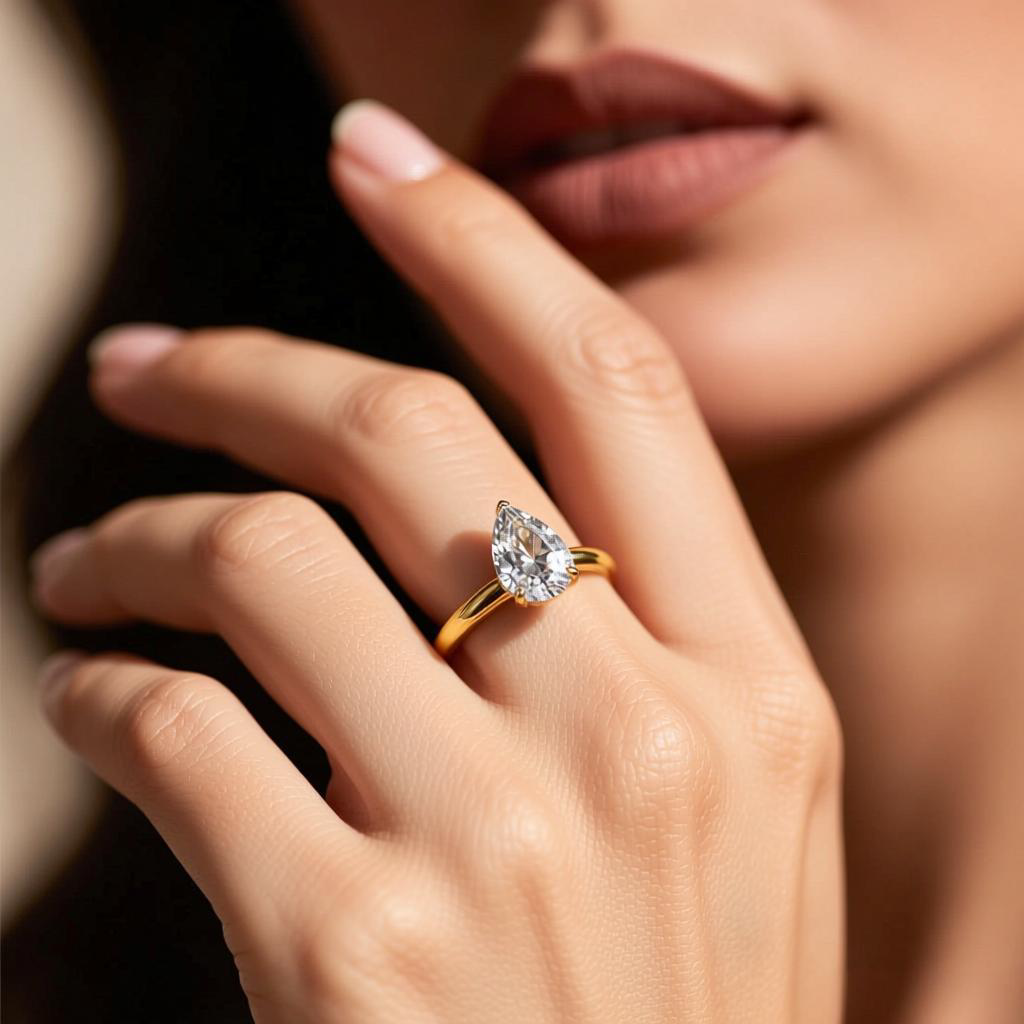Want your diamond to look as large as possible? It’s not just about carat weight. The diamond shape you choose plays a crucial role in how big your diamond appears. This guide reveals the diamond shapes that consistently look the largest and why they trick the eye.
Navigate to:
For Maximum Size: Choose Elongated Shapes
When it comes to pure surface area and fooling the eye into seeing a bigger stone, the shapes that utilize elongation are the undisputed winners.
1. Marquise Cut
The Marquise is, statistically, the shape with the largest surface area (table size) per carat. Its distinctive boat-like shape features pointed ends and a long, narrow body.
- Why it looks big: By extending length rather than widening width, the Marquise covers significantly more finger space than a round diamond of the same weight.
- The Bonus: Its long shape makes the wearer’s fingers appear longer and more elegant—a win-win!
- The Caveat: Because the carat weight is spread out, the Marquise can sometimes appear shallower in depth than other cuts.
2. Oval Cut
The Oval has exploded in popularity, largely because it offers the dazzling brilliance of a Round Brilliant but with the size illusion of an elongated shape.
- Why it looks big: Like the Marquise, the Oval spreads its weight laterally. Its rounded edges are forgiving, and its large table (top surface) catches the eye immediately.
- The Perfect Balance: The Oval is arguably the perfect compromise between brilliance and perceived size. It offers length without the sharp points that can be prone to chipping.

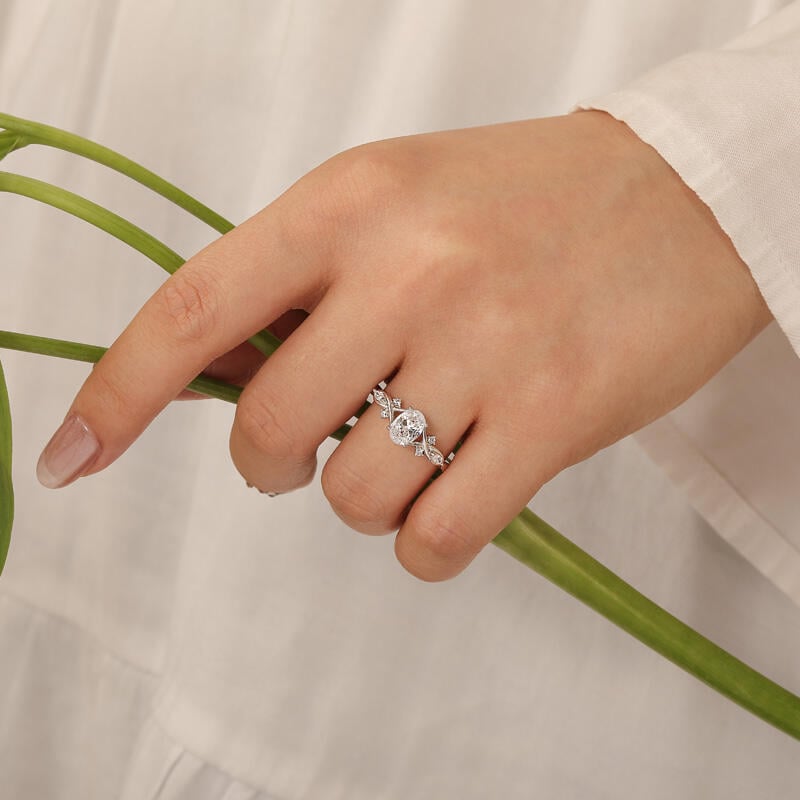
3. Pear (Teardrop) Cut
The Pear, or teardrop shape, combines the rounded bottom of the Oval and the pointed tip of the Marquise.
- Why it looks big: It uses its length effectively, and when worn with the point facing the nail, it creates a flattering, lengthened effect on the finger. The lack of sharp corners on the widest part further maximizes its surface appearance.
Top Contenders: Shapes with Massive Presence
These shapes might not boast the sheer length of the Marquise or Oval, but their dimensions—especially their depth and faceting patterns—contribute to a massive visual presence.
4. Emerald Cut
The Emerald Cut is a step-cut stone (meaning its facets are long, straight lines rather than triangles). While it doesn’t have the fire of a brilliant cut, its visual impact is stunning.
- Why it looks big: Unlike brilliant cuts that hide some weight in the depth (pavilion), the Emerald cut’s weight is more efficiently held in its surface area. More importantly, its large, clear table demands attention. Its rectangular shape covers a lot of vertical space.
- The Note: Due to its “hall of mirrors” effect, clarity is crucial for this cut, as inclusions are more noticeable.
5. Radiant Cut
The Radiant Cut is the rectangular brilliant cousin of the Emerald. It combines the elongated shape of the Emerald with the sparkling faceting of a Round.
- Why it looks big: It offers the best of both worlds: the large surface area of a rectangular stone combined with intense sparkle that makes the eye perceive more stone than is technically there. Its trimmed corners also give it impressive stability and durability.
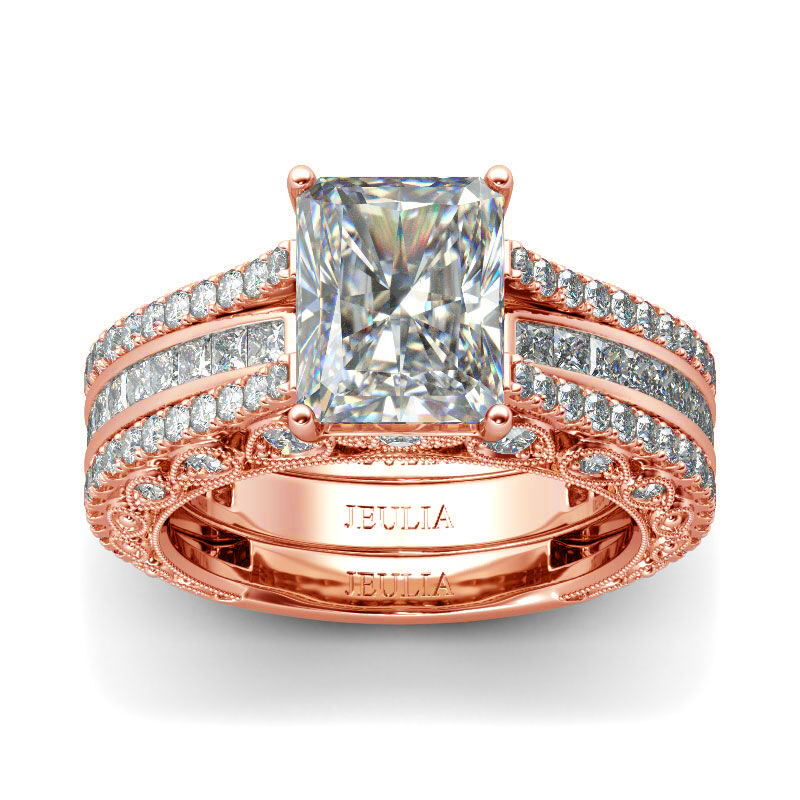
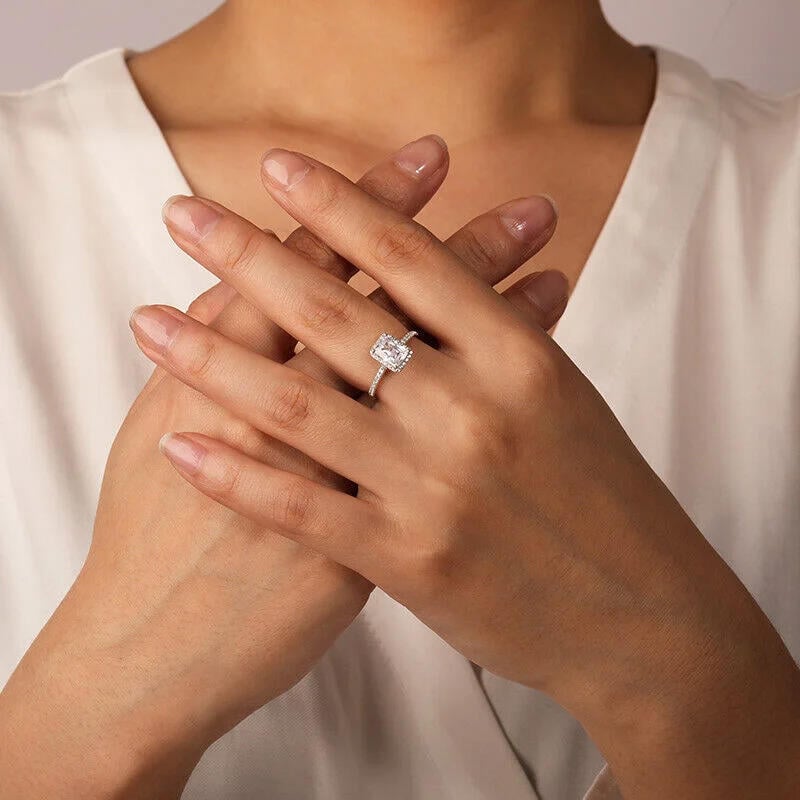
The Timeless Favorite: Round Brilliant
6. Round Brilliant Cut
The Round Brilliant is the most popular diamond shape for a reason—it’s unparalleled in fire and brilliance.
- Why it looks smaller (objectively): The Round Brilliant holds the majority of its weight in the deeper parts of the stone (the pavilion) to maximize light return. While this gives it incredible sparkle, it means it has a smaller spread (diameter) compared to an Oval or Marquise of the same carat weight.
- But don’t count it out entirely: The Round’s intense sparkle means that while it has a smaller visible surface, its sheer light return tricks the brain into perceiving a highly valuable, prominent stone.
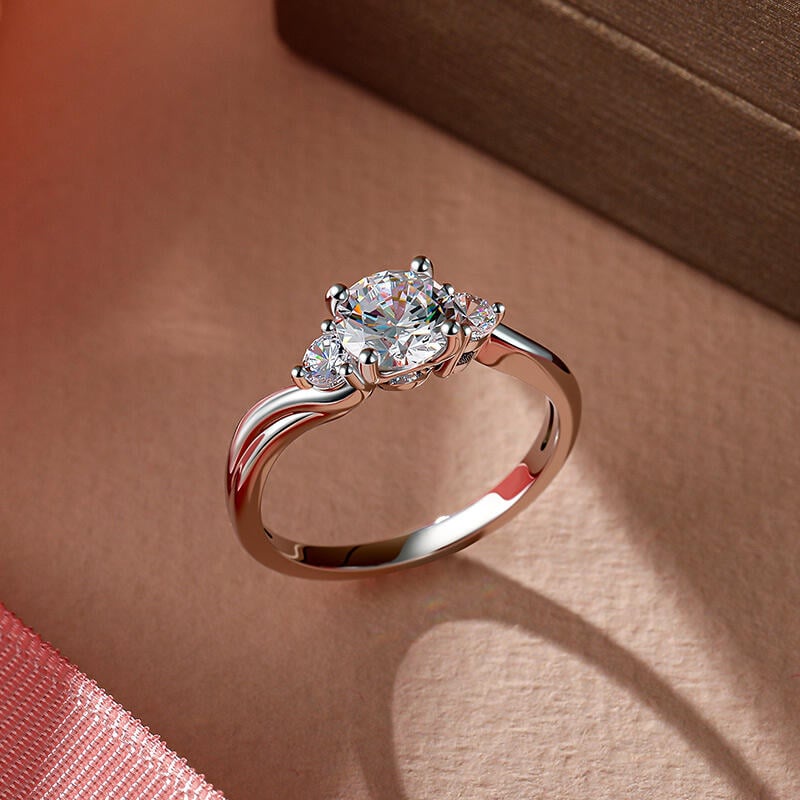
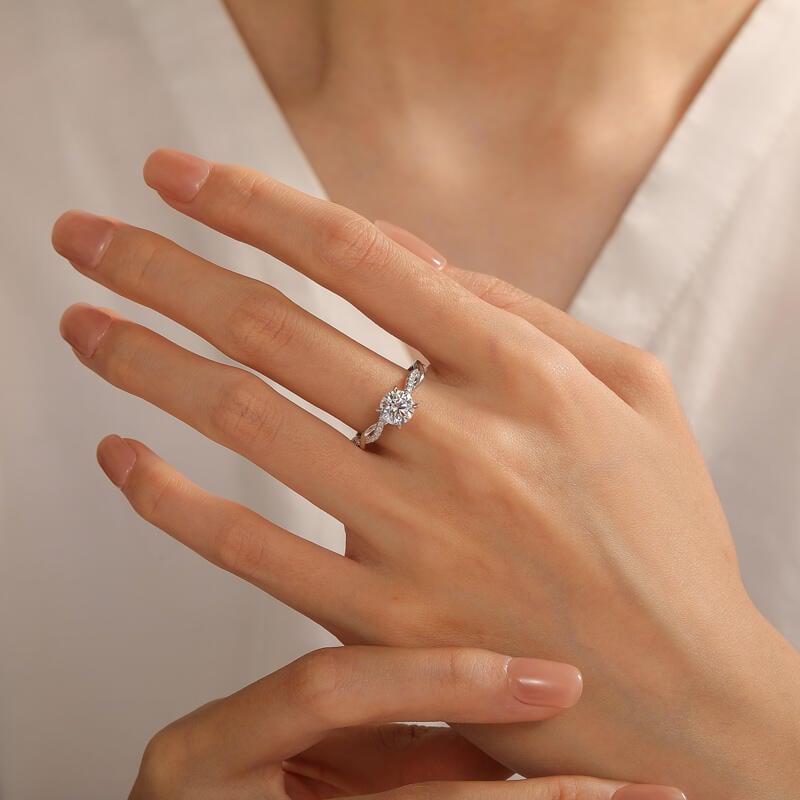
Which Diamond Shape Looks the Biggest? A Visual Size Guide
| Rank | Diamond Shape | Visual Impact Factor | Key Reason Why It Looks Big |
|---|---|---|---|
| 1-2 | Marquise & Oval | Maximum elongation | Highest surface area relative to weight. |
| 3 | Pear | Elongation + Pointed tip | Excellent finger coverage and flattering shape. |
| 4 | Emerald | Efficient weight distribution | Large, clear table surface demands attention. |
| 5 | Radiant | Brilliance + Rectangular shape | Combines sparkle with effective surface coverage. |
| 6 | Round | Pure Brilliance | Unmatched sparkle draws the eye, but visually smaller. |
The Final Verdict
If your primary goal is size and finger coverage, the Marquise cut offers the single largest surface area per carat. However, most people today choose the Oval as the best balance, delivering significant perceived size and incredible brilliance. No matter which diamond shape captivates you, remember that the “biggest” diamond is ultimately the one that brings the most joy and sits perfectly on your hand.
More Jeulia Post:
The Difference of Natural and Lab Diamond?
Lab-Grown Diamond Rings: A Brilliant Choice for Engagement and Wedding?



